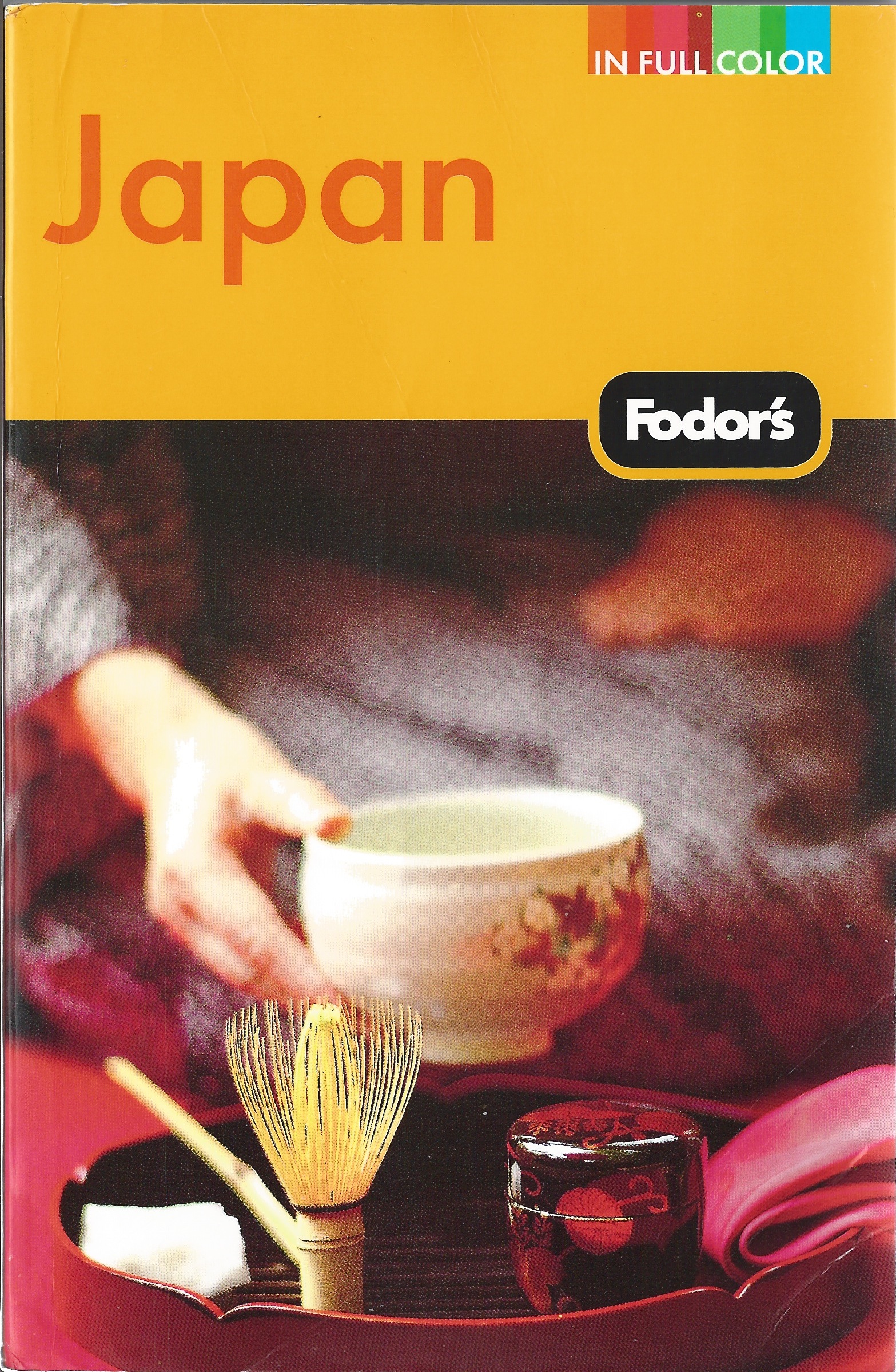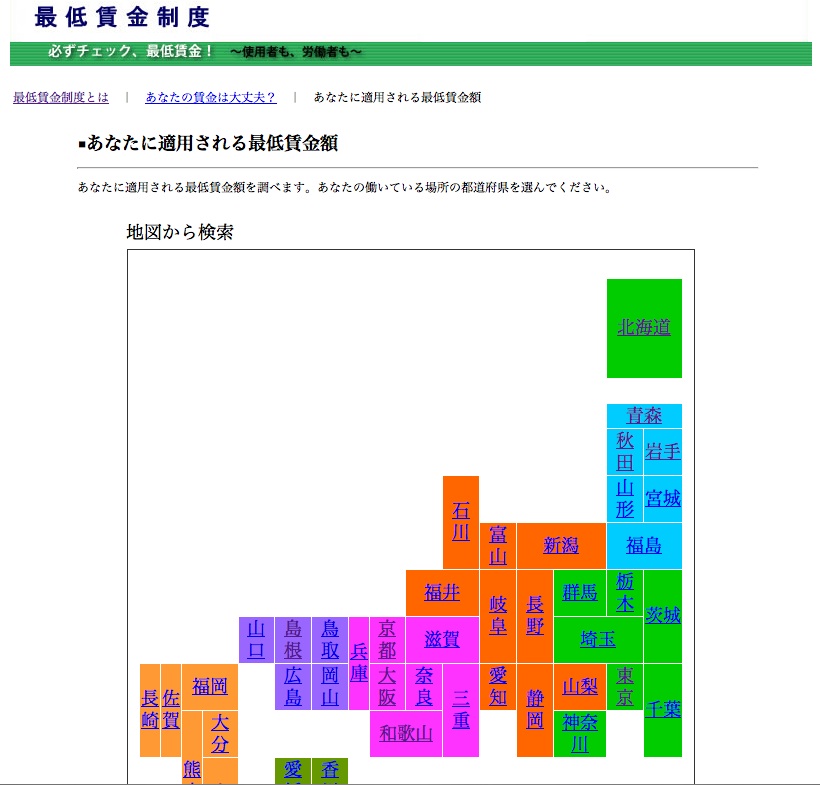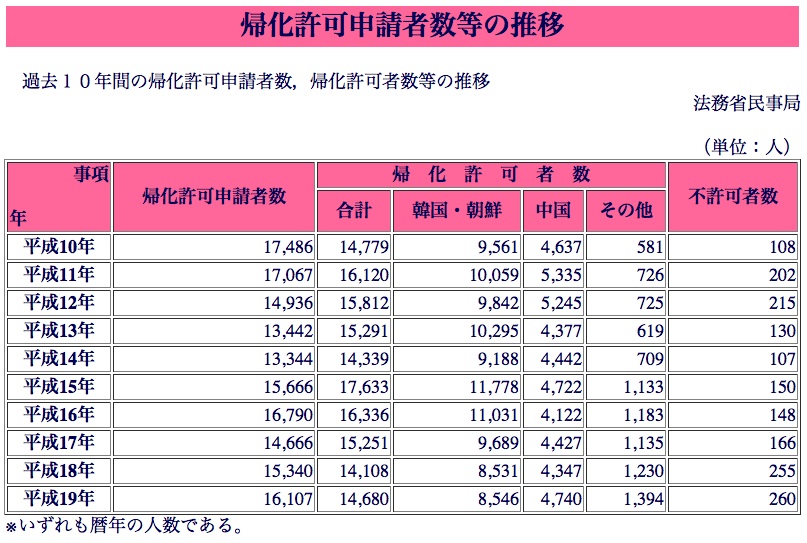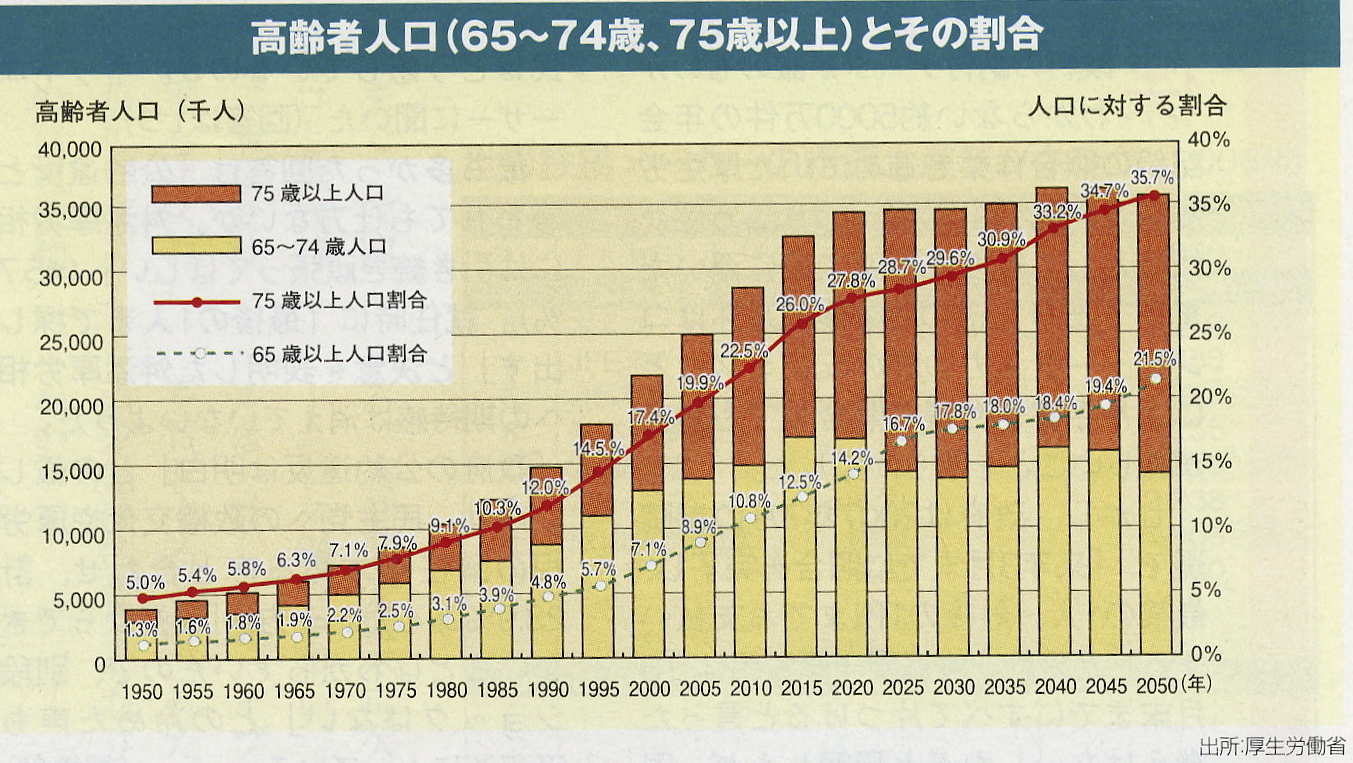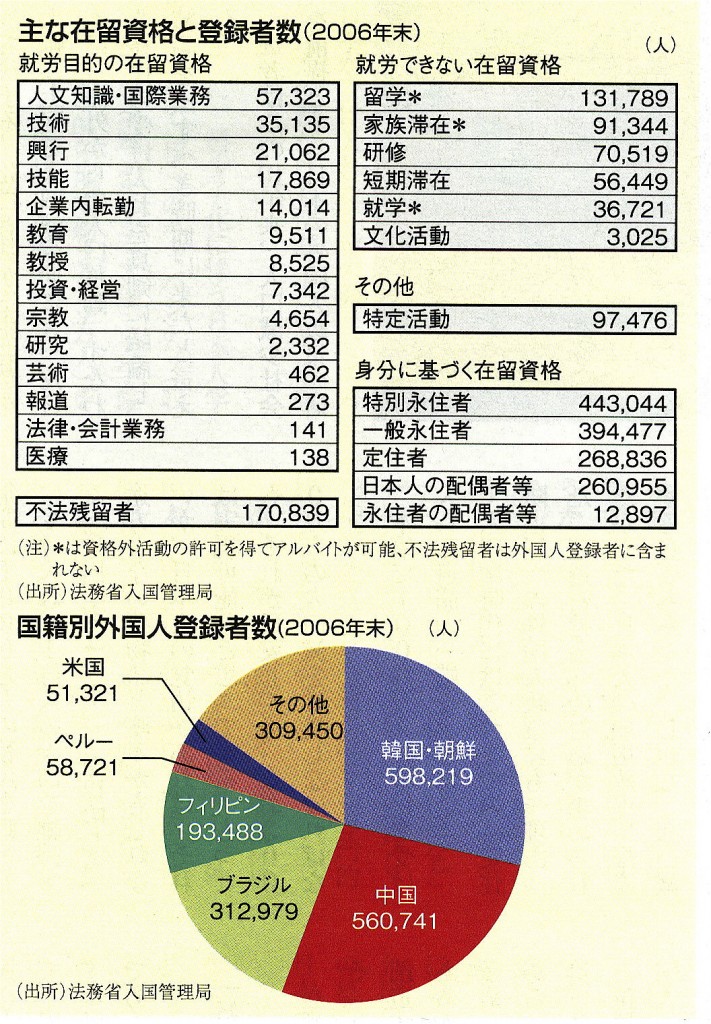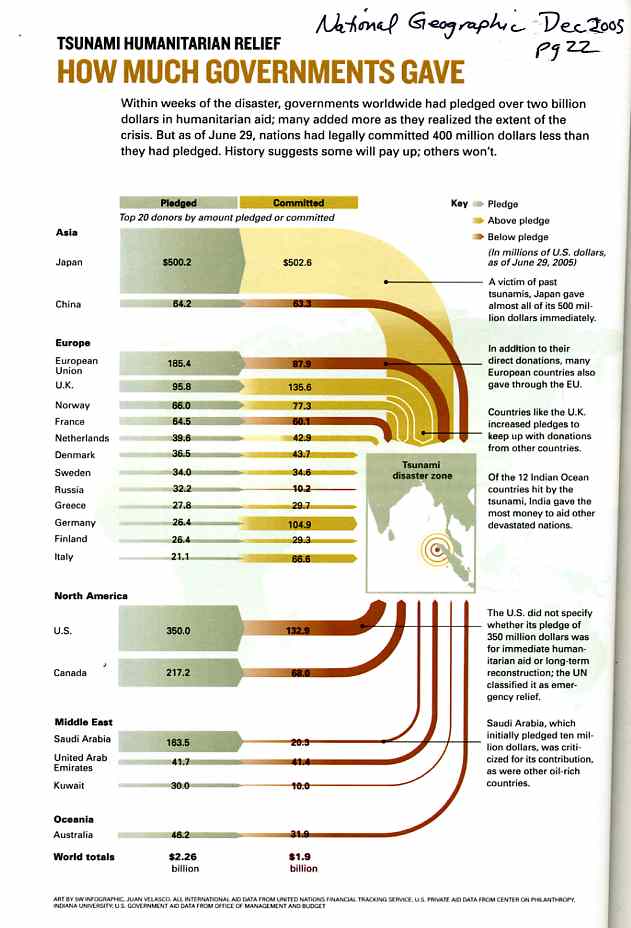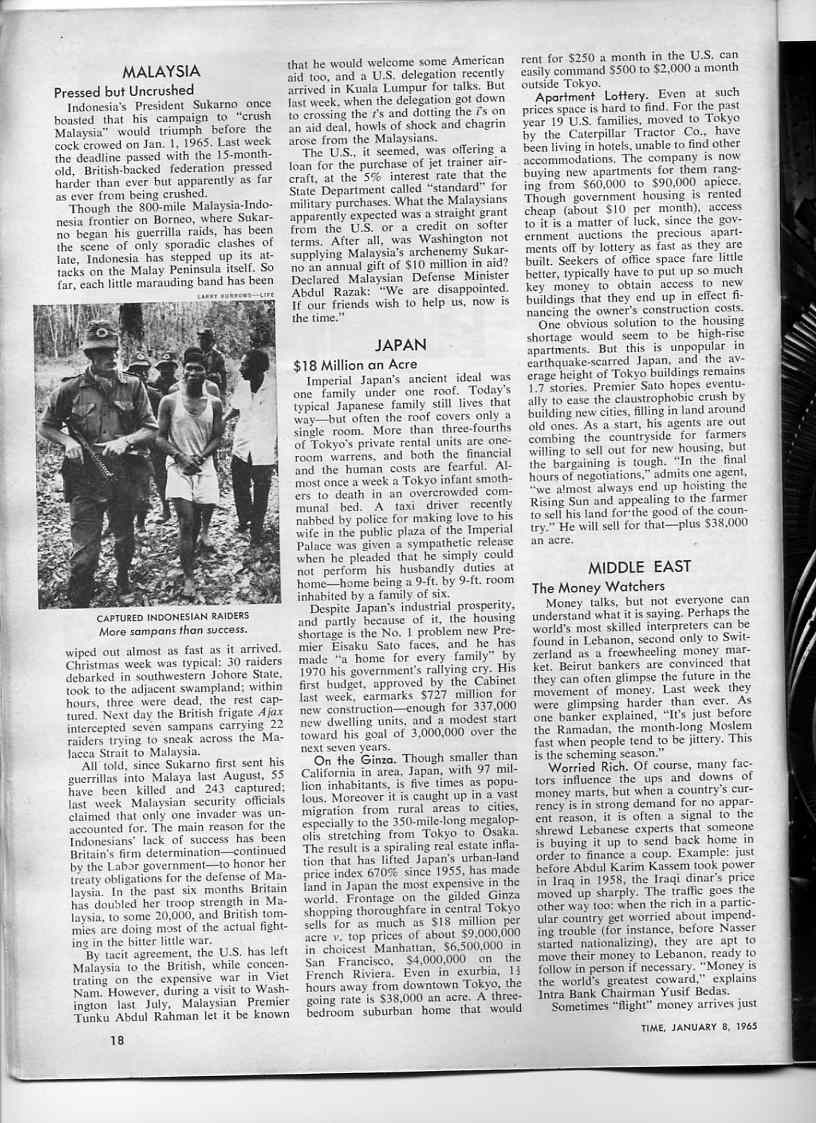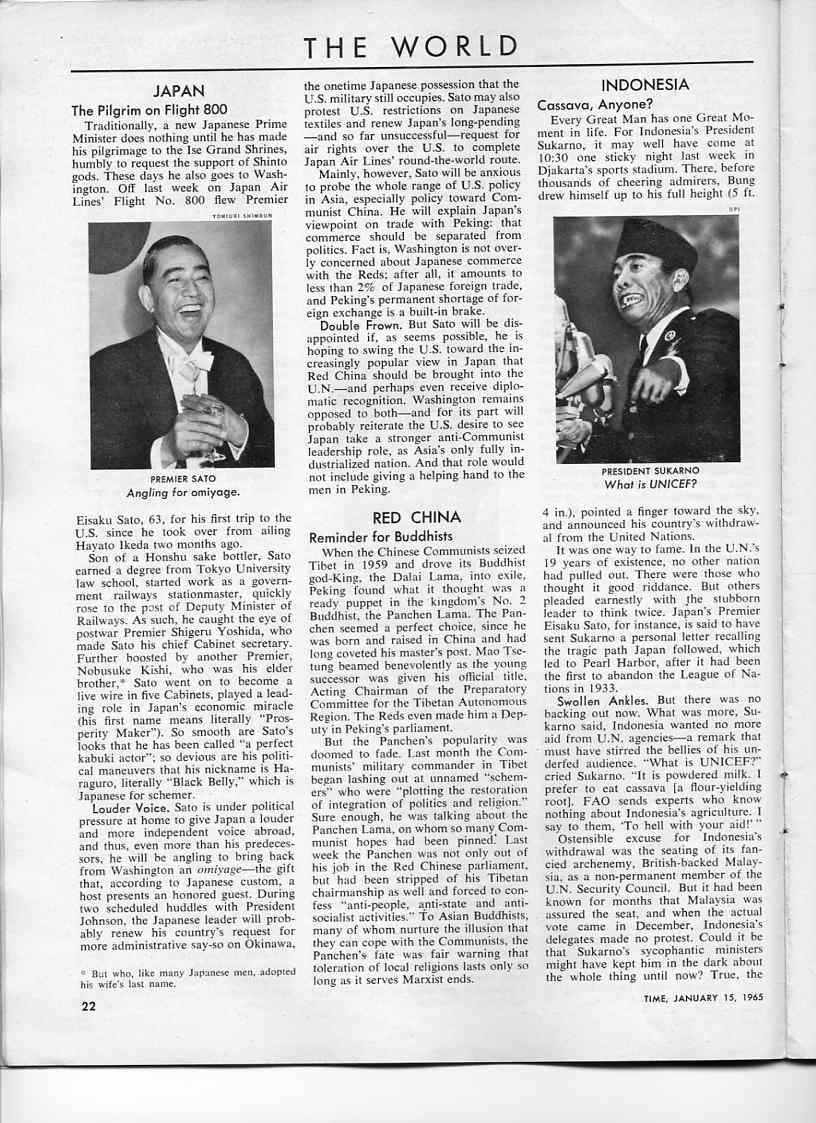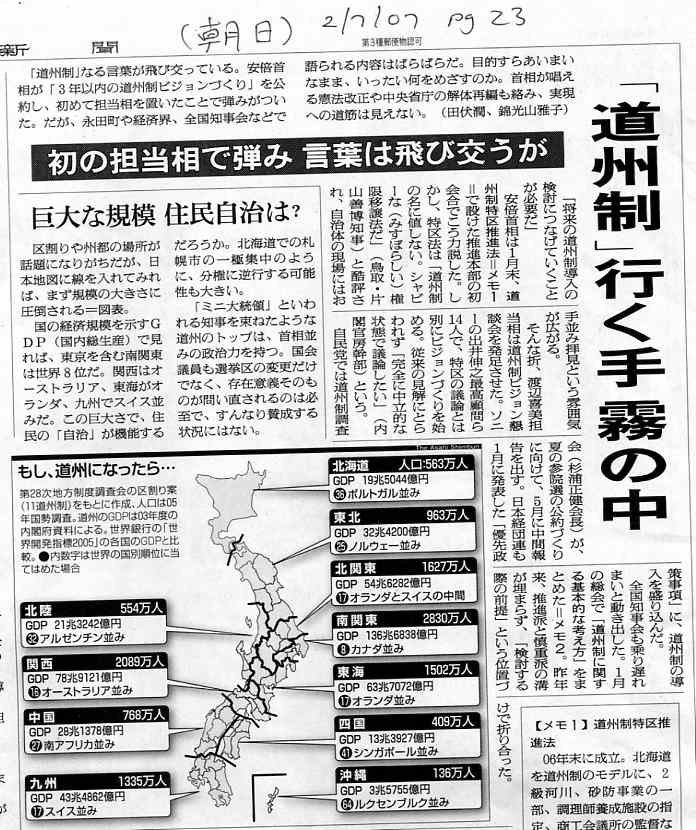mytest
eBooks, Books, and more from ARUDOU, Debito (click on icon):
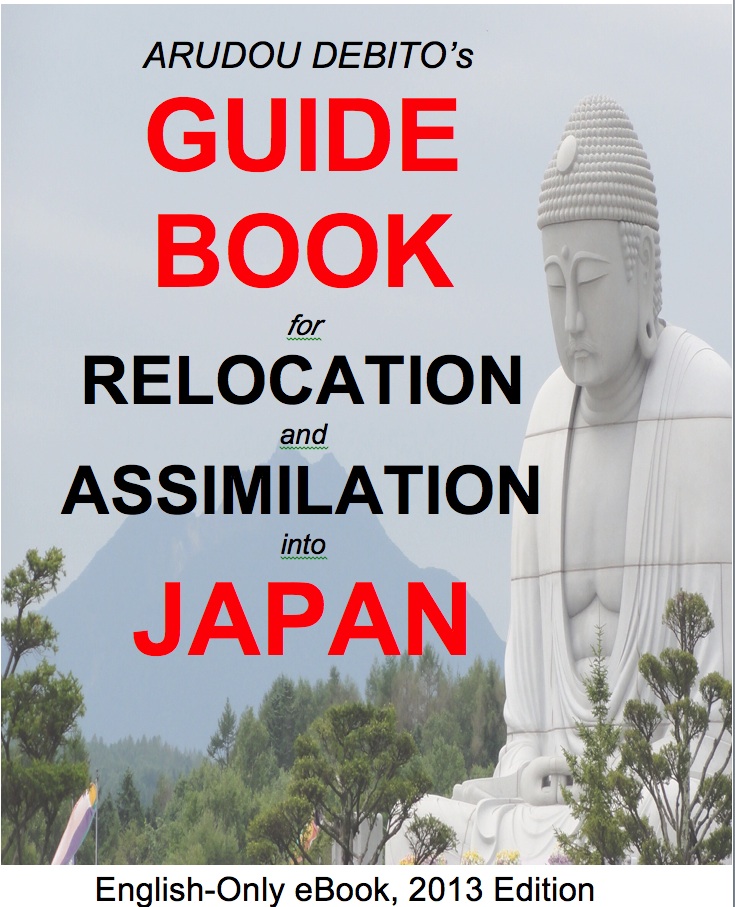
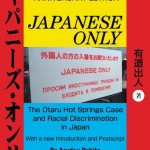
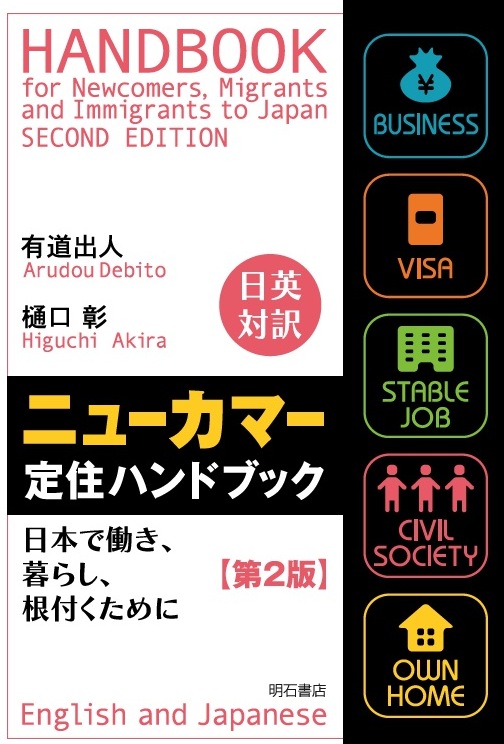
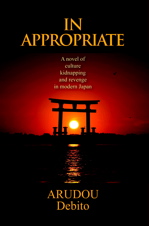

![]()


UPDATES ON TWITTER: arudoudebito
DEBITO.ORG PODCASTS on iTunes, subscribe free
“LIKE” US on Facebook at http://www.facebook.com/debitoorg
http://www.facebook.com/handbookimmigrants
https://www.facebook.com/JapaneseOnlyTheBook
https://www.facebook.com/BookInAppropriate
If you like what you read and discuss on Debito.org, please consider helping us stop hackers and defray maintenance costs with a little donation via my webhoster:

All donations go towards website costs only. Thanks for your support!
Hi Blog. Further setting and normalizing the national narrative for denying NJ their due as supporters of Japan’s social safety net, here is another article from the Japan Times charting the moves of the exclusionists. Afterwards is a comment doing the math behind the hype, exposing it as just that: hype. But of course, nobody in the press seems to want to do their sums and expose it for the non-story it should be. Dr. ARUDOU, Debito
/////////////////////////////////////////////
NATIONAL
Ruling denying welfare for foreign residents finds homegrown, biased support
BY TOMOKO OTAKE, STAFF WRITER, The Japan Times OCT 17, 2014
Courtesy http://www.japantimes.co.jp/news/2014/10/17/national/welfare-rollback-underway-ruling-empowers-xenophobes/
The landmark Supreme Court ruling in July that found permanent residents of Japan legally ineligible for public assistance is already having an impact. Moves are afoot both at the national and local levels to try to scale back or remove welfare payments to foreign residents.
In a lawsuit filed by an 82-year-old Chinese woman from Oita Prefecture, the nation’s top court made it clear that permanent foreign residents do not qualify for public assistance because they are not Japanese nationals. Article 1 of the 1950 Public Assistance Law states the law concerns “all nationals,” which the court said referred only to Japanese citizens.
Despite the ruling, the welfare ministry has stood by its long-standing policy of offering the same level of welfare protection to foreigners as Japanese, based on a notice it issued to municipal governments in 1954.
In line with the ministry policy, the municipal governments have distributed welfare benefits — ranging from cash assistance to free health care services to housing aid — to needy foreigners with permanent or long-term residency status, including the spouses of Japanese and migrant workers from Brazil.
But the July ruling has given momentum to some forces, including those harboring anti-foreigner sentiments and advocates of cutting “waste” in government spending, to try to limit foreigners’ access to welfare.
The minor opposition party Jisedai no To (Party for Future Generations), co-founded by ultranationalist Shintaro Ishihara, plans to submit bills to the extraordinary Diet session that would give destitute foreigners a year to choose between two extremes: becoming naturalized citizens or leaving the country.
The move follows an August proposal, by a team of lawmakers in the ruling Liberal Democratic party tasked with eliminating wasteful state spending, to restrict welfare assistance to foreigners.
“The welfare outlays to foreigners run up to ¥122 billion per year,” the Aug. 4 report by the LDP team said. “We must say it is difficult to maintain the status quo.”
The team also said the government “should create guidelines (on public assistance) for foreigners who arrive in Japan, and consider deporting those who cannot maintain a living.”
Taro Kono, a member of the Lower House who heads the LDP project team, said the envisioned revision to the welfare system would not affect permanent residents, but those on mid- to long-term visas. The changes would likely materialize in the form of denied access to public aid for a certain period after one’s arrival in Japan, to prevent abuse by those coming here just to receive welfare, he said. He added that the team has yet to decide on the number of months or years before foreigners would be granted access.
According to Kono, the rationale for creating a probational period is a provision in the Immigration Control and Refugee Recognition Law that states the government would deny entry to “a person who is likely to become a burden on the Japanese government or a local public entity because of an inability to make a living.”
“People who come to Japan on mid- to long-term visas would undergo a lot of events here, and some of them might lose their ability to make a living and apply for public assistance. That’s fine. But if they apply for assistance right after they arrive in Japan, that would mean they made a false claim (about their reason for coming),” Kono told The Japan Times earlier this month.
“Likewise when they renew their visas, they are supposed to have means to support themselves or otherwise their requests for visa renewals would be rejected. But if it turns out that they cannot sustain their living in, say, six months after their visas are renewed, that would mean they were not truthful about their means when they applied for a renewed visa, and (this would constitute) grounds for denial of public assistance.”
The LDP team also proposed that all welfare recipients be prescribed generic drugs unless otherwise specified by doctors. If they want to be prescribed patented drugs, they should pay for their share of the costs, according to the team’s report.
The team’s proposal for an eligibility requirement for foreigners based on their period of stay appears to be more or less in line with practices in other advanced countries.
Most European countries do not have a nationality clause for welfare benefits, but do list a residency period as a condition for eligibility, said Shinichi Oka, a professor of social security at Meiji Gakuin University in Tokyo.
At the same time, in Europe there is little distinction among different visa statuses, Oka said, noting that whether people have permanent resident status doesn’t affect their chances of qualifying for welfare.
“I’m not aware of any major European countries that (enforce) a nationality clause for public assistance eligibility,” Oka said. “The only requirement they have is that the applicants have lived in the country for a certain period of time.”
While the U.S. and Britain in principle deny welfare benefits to illegal aliens, in France, foreigners who have entered or are staying illegally in the country are also considered as “having the right to live” and are often deemed eligible for welfare benefits, Oka said.
====================
ENDS
From the comments below the JT article. Debito.org Readers, go ahead and take apart the numbers if you like:
====================
Charles: “The amount of welfare being paid to foreigners is 122 billion yen! That’s a really big number!” That’s what the average man on the street thinks.
But wait a second, let’s actually do the math. Yeah, I know, you hate math, but it’s okay, we can use a calculator!
Japan’s GDP is 536,122,300,000,000 yen (over 536 TRILLION yen). So 122 billion yen is less than 0.03% of Japan’s economy. Basically, Shintaro Ishihara with his Jisedai no Tou, and the LDP, are wasting countless hours of time on something that, at best, will save Japan 0.03% of its GDP.
To make an analogy, I make about $28,000 a year. So this is the same as me OBSESSING and LOSING SLEEP AT NIGHT over how I can save $8 per year.
I think that maybe instead of spending all this time obsessing over 0.03% of its GDP, Japanese politicians should instead spend that time reviewing their math notes from elementary school, especially division, multiplication, and percentages. If they did that, they might find that this problem isn’t nearly as big as they’d thought.[…]
“According to the National Institute of Population and Social Security Research, Japan’s total social welfare benefits reached ¥103.487 trillion in fiscal 2010, topping ¥100 trillion for the first time.”
Source: http://www.japantimes.co.jp/opinion/2012/12/12/editorials/footing-for-social-welfare/
Okay, so in Japan, the total welfare budget is 103.487 trillion yen. But only 0.122 trillion yen of that goes to foreigners, so that means that the other 103.365 trillion yen are going to Japanese people!
Here, let’s do some more math:
103.487 trillion yen / 127 million Japanese = Each Japanese person is, on average, sucking 814,858 yen per year from the welfare system!
Now let’s do the math for foreigners:
122 billion yen / 2 million foreigners = Each foreigner is, on average, sucking 61,000 yen per year from the welfare system!
So…who’s REALLY sucking welfare, here? I guess I now know where my income tax (所得税) and 8% consumption tax (消費税) are going, now…
…you’re welcome, Japan!
ENDS
